co-existence without incompatibility:
BAU138 Jiangxi Xinyu Networks City
Xinyu City, Jiangxi Province, China
Discipline
Urban PlanningTypology
City PlanningCity
Xinyu City, Jiangxi Province, ChinaDate
2002Status
First prize, invited competitionClient
Xinyu City Hi-Tech Zone GovernmentProgram
25km² of new city adjacent to the existing Xinyu CityGiven the memory of chaotic and overcrowded conditions, still a common feature of present day Chinese cities, it is understandable that China hinges its idea of new urbanity on simplicity. However, little consideration is given to the problems that arise in cities with overly simplified urban plans: excessive travel demands; monotony; inefficient use of resources; and the reduction of social and cultural opportunities.
Can the standard land-use zoning methodology be applied in a radically different organisation
to achieve a city which is both certain and complex: certain in preventing the adjacency of incompatible activities, and complex in allowing the coexistence of diverse activities?
In this first experimentation with networks-zoning at the city-scale we integrated work places, dwellings, shopping/offices/services, and parkland throughout the entire city. This strategy provides the city with flexibility to expand or contract the amount of each program over time. It also ensures there are places of both pure and hybrid land use; hybrid zones occur where zones intersect, or overlap.
Intersections within the networks of program, the places where the different programmatic zones cross, or overlap themselves, become locations for intensity in scale and program. In this project, for example, commercial network intersections become locations for each district’s wet market. Adjacent to these intersections, where the park network and the commercial network overlap, the hybrid zones are specified as flexible event/ market spaces in the park.
Integrating clean production places throughout
a city brings substantial benefits: a diversity of activity, environment, and people; a reduction
in travel time for workers, and through this a reduction of greenhouse gas emissions; and the enabling of a range of interactions of working and daily life.
An effective way to increase the number of places of production in the Chinese city without having to formulate a new “light” industry zoning category is to designate these places as commercial zones and buffer them from residential zones by means of large roads or green networks.
Continuity of all networks allows the city to be traversed within a variety of environments: a continuous parkland; a continuous commercial net; a continuous light industry net; a continuous residential net. Out of a continuous residential network we can potentially create
a safe pedestrian network, which is active in the evenings and provides constant passive surveillance.
The generic organization of networks, including the road network, is made specific by the existing conditions: settlements, roads, waterways and topographies. These existing conditions serve to distort, disintegrate, and diversify the mundane regularity of the gridded morphology.
Due to the self-similar nature of the networks the staging of the city’s growth is extremely flexible. Each part of the city is self sustaining, containing essential amenities and components of a city: residences, parks, shops, services and work places.
- Infrastructure
- Public
- Residential
- Healthcare
- Education
- Culture
- Office
- Retail
- Hotel
- Hospitality
- Mixed Use
- Sports
- Planning
- Urban Design
- Public Landscapes
- Private Landscapes
- Playgrounds
- Structures & Pavillions
- Residential
- Healthcare
- Education
- Culture
- Office
- Retail
- Hotel
- Hospitality
- 2021
- 2020
- 2019
- 2018
- 2017
- 2016
- 2015
- 2014
- 2013
- 2012
- 2011
- 2005-2010
- 2000-2005
- 1990-2000






















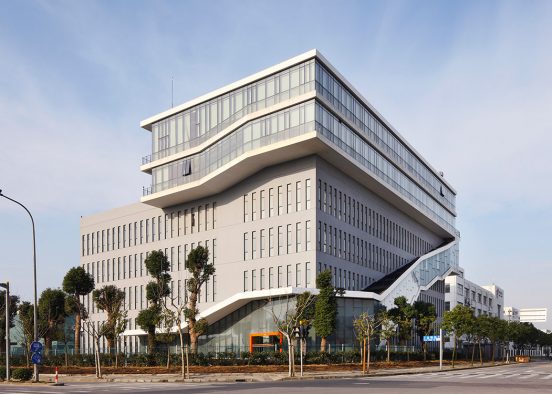

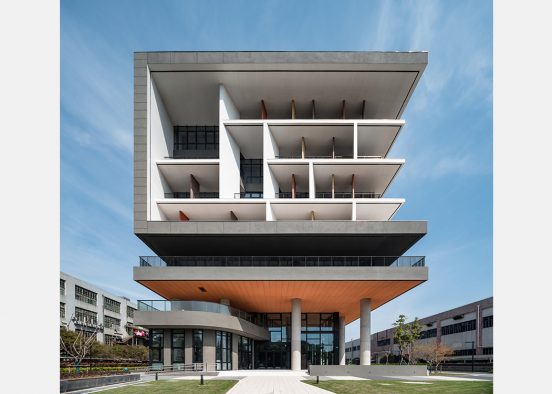



















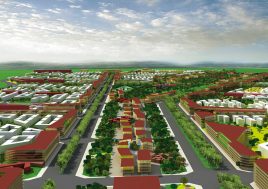
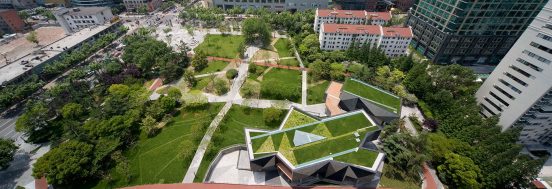




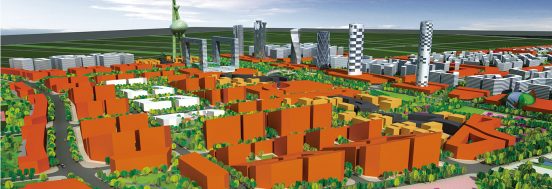







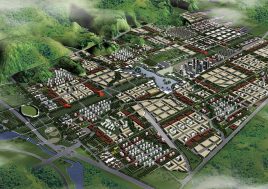


























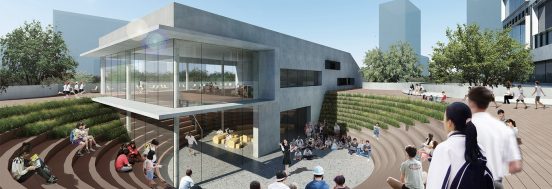














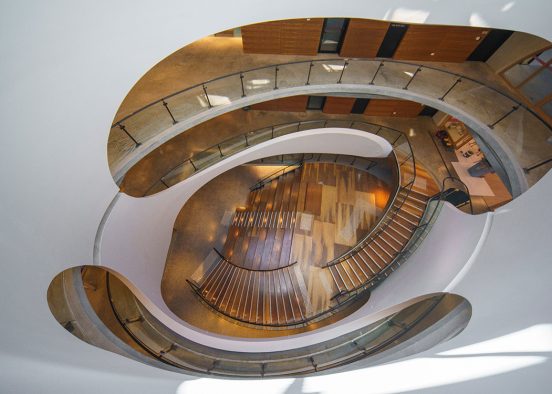










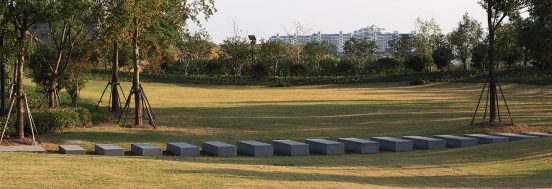
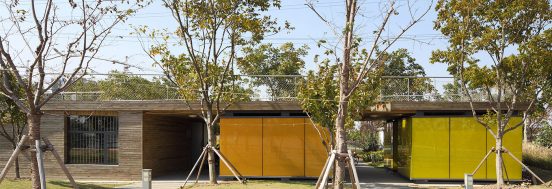


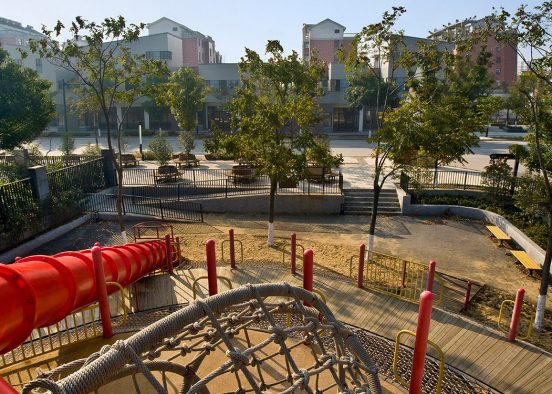












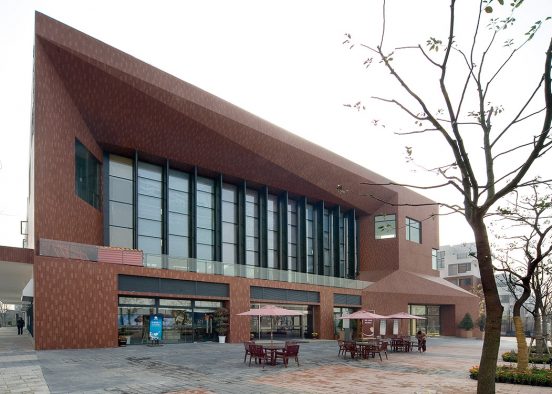
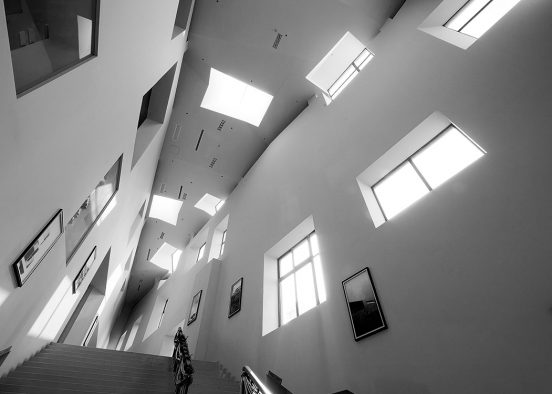
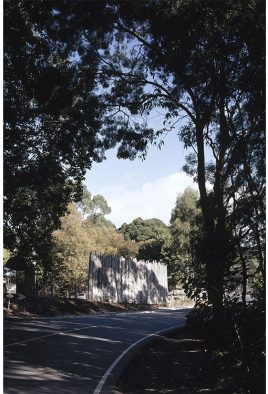
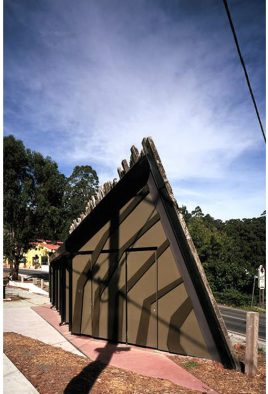









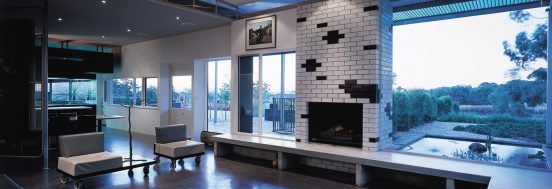







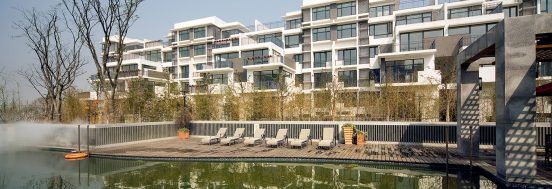






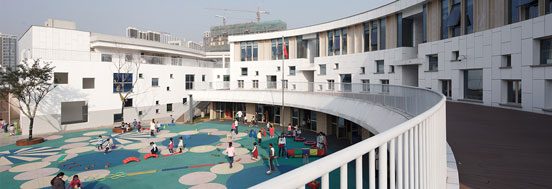
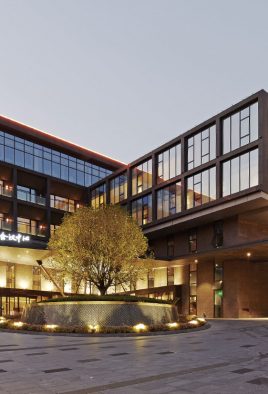



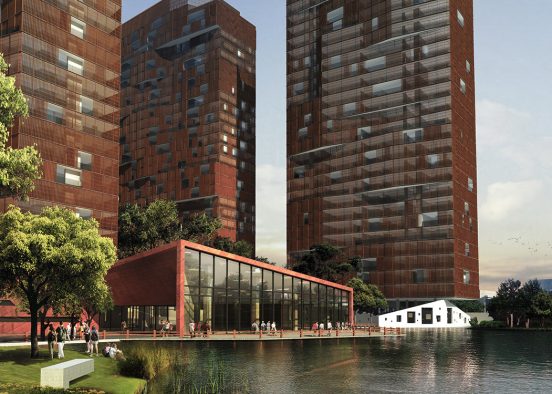





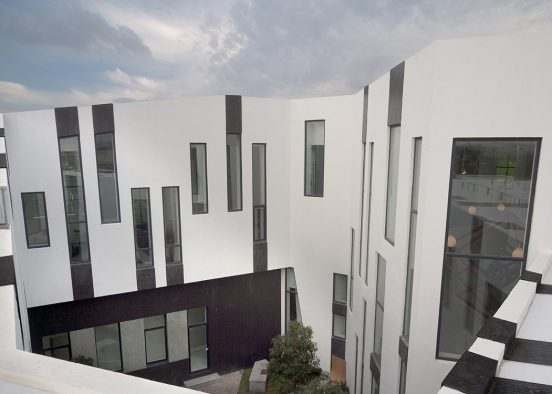








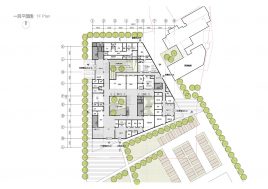


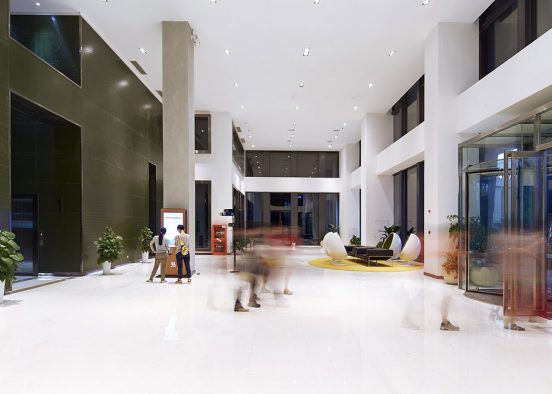







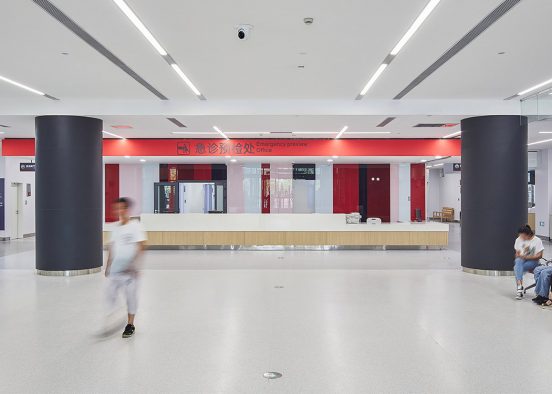



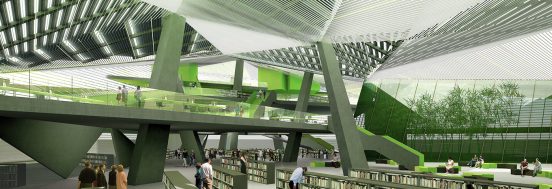



























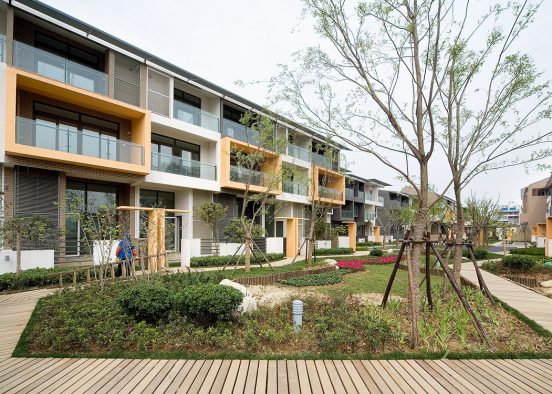
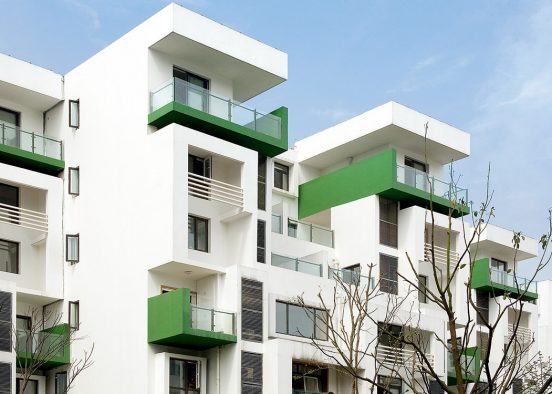









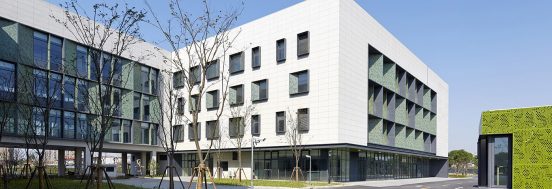






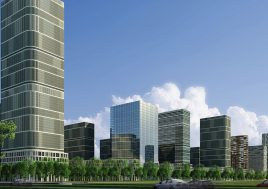



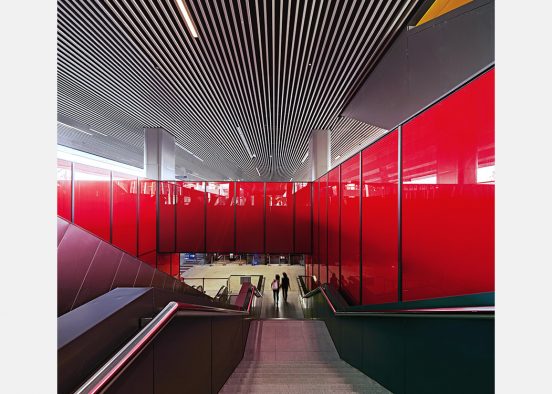


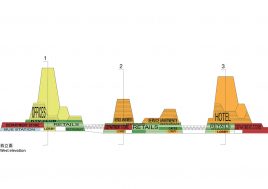







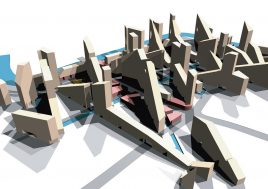












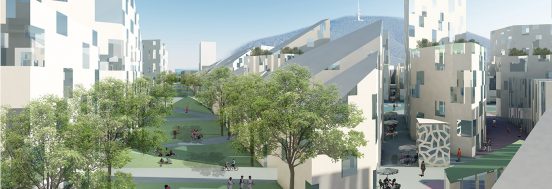






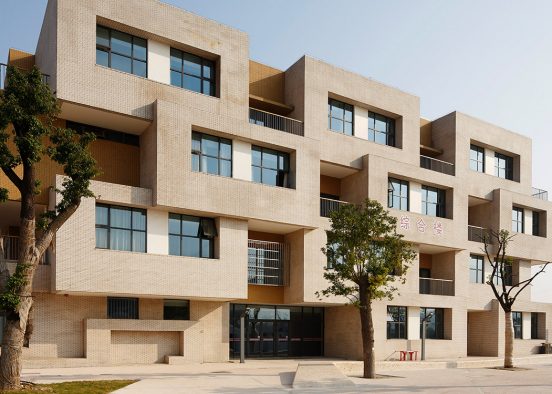








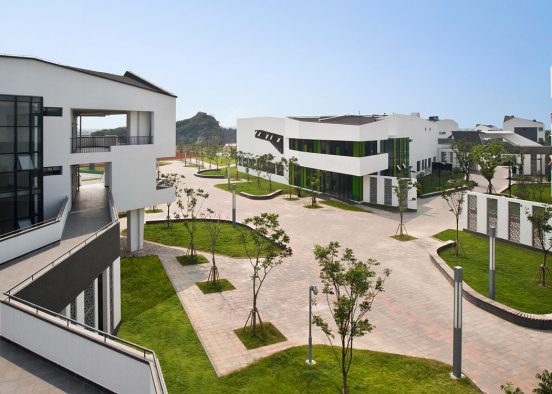




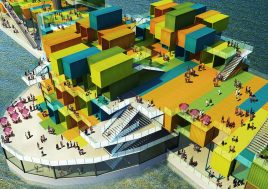














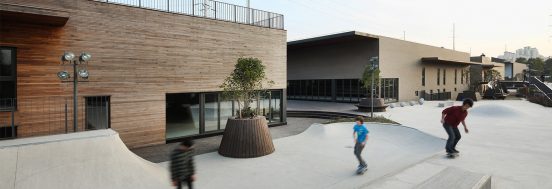




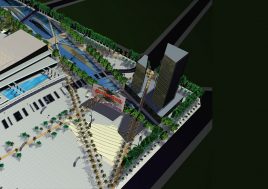

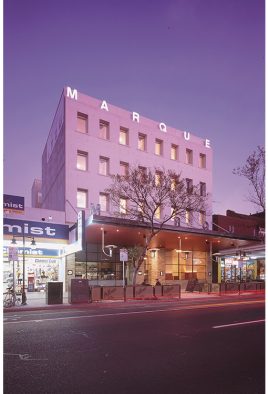













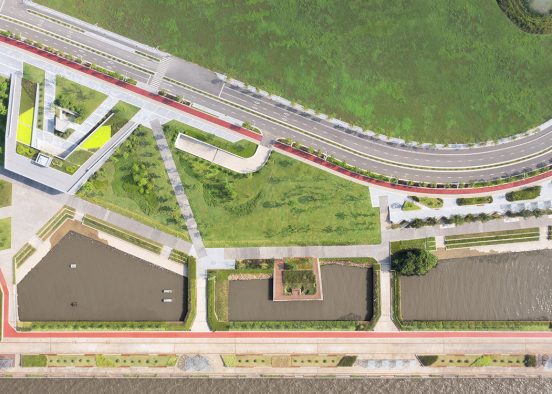





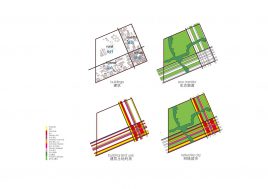






























 Back to projects
Back to projects
